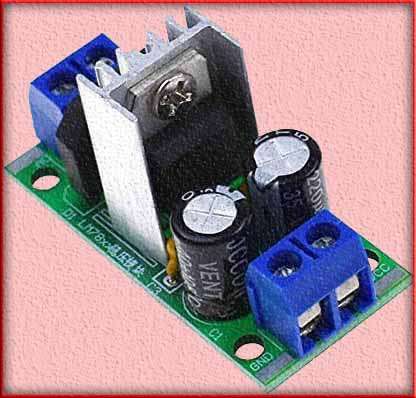AC to DC Converter 24V: A Comprehensive Guide
An AC to DC converter 24V is an electronic device that converts alternating current (AC) from the power mains to direct current (DC) with a stable output voltage of 24 volts. Such converters are widely used in various applications where a steady 24V DC power supply is required.

Let’s explore the components, wiring details, and applications of an AC to DC converter 24V.
Components of AC to DC Converter 24V
Step-Down Transformer: The conversion process typically starts with a step-down transformer that reduces the high voltage of the AC mains to a lower voltage level. For a 24V output, the transformer steps down the voltage from the mains, which is usually 110V or 220V depending on the region.
Rectifier Diodes: After the transformer, rectifier diodes are used to convert the alternating current to pulsating direct current. The rectification process results in a pulsating waveform that still contains both positive and negative voltage swings.
Filter Capacitor: A filter capacitor is added after the rectifier diodes to smooth out the pulsating DC waveform. The capacitor charges during the positive half-cycles and discharges during the negative half-cycles, reducing the ripple and creating a relatively stable DC voltage.
Voltage Regulator: To ensure a constant and accurate 24V output, a voltage regulator is employed. The voltage regulator maintains a consistent output voltage despite fluctuations in the input voltage or load conditions.
Heat Sink: Since power conversion can generate heat, especially in voltage regulators, a heat sink is often added to dissipate the excess heat and maintain the converter’s efficiency and reliability.
Wiring Details of AC to DC Converter 24V
Input Wiring: The AC input wiring is connected to the primary side of the step-down transformer. The voltage level will depend on the mains voltage in the specific region.
Output Wiring: The output wiring is connected to the secondary side of the transformer, where the stepped-down voltage is obtained. This lower voltage is then rectified, filtered, and regulated to achieve a stable 24V DC output.
Filter Capacitor Wiring: The filter capacitor is connected in parallel to the output of the rectifier diodes to smooth out the DC voltage.
Voltage Regulator Wiring: The voltage regulator is connected to the output of the filter capacitor to provide the desired 24V DC output.
Applications of AC to DC Converter 24V
AC to DC converter 24V finds numerous applications in various industries and devices, including:
Power Supplies: It serves as a reliable power source for electronic devices, sensors, and small appliances that require a 24V DC power supply.
Industrial Equipment: AC to DC converters power various industrial equipment and machinery that require a stable 24V DC voltage for proper operation.
Automotive Electronics: In automotive applications, the converter can be used to power accessories, lighting systems, and other electronics that require a 24V DC supply.
LED Lighting: Many LED lighting systems and strips operate on 24V DC power, making the converter essential for such applications.
Communications and Networking Equipment: Networking devices, routers, and switches often rely on a 24V DC power supply for efficient operation.
Renewable Energy Systems: AC to DC converters can be used in renewable energy systems, such as solar panels and wind turbines, to convert the generated AC power to 24V DC for battery charging and other applications.
In conclusion, an AC to DC converter 24V is a crucial device for converting AC mains power to a stable 24V DC output. It involves components like a step-down transformer, rectifier diodes, filter capacitor, voltage regulator, and heat sink.
The converter finds applications in various industries, ranging from electronics and automotive to renewable energy and lighting systems, where a reliable and stable 24V DC power supply is required.
Related Posts:
- A Quick Guide to Oscillator Circuit Diagram and Working
- Dc to Dc Converter: Important Things to know in your first Converter
- AC to DC Converter: Everything You need to Know
- How to Choose the Right Type of HIGH PASS FILTER!
- How To Make Your Product Stand Out With LOW PASS FILTER?
- Schmitt Trigger: Important Types, Working & Applications
Subscribe to our Newsletter “Electrical Insights Daily” to get the latest updates in Electrical Engineering. You can also Follow us LinkedIn and Facebook to see our latest posts on Electrical Engineering Topics.
